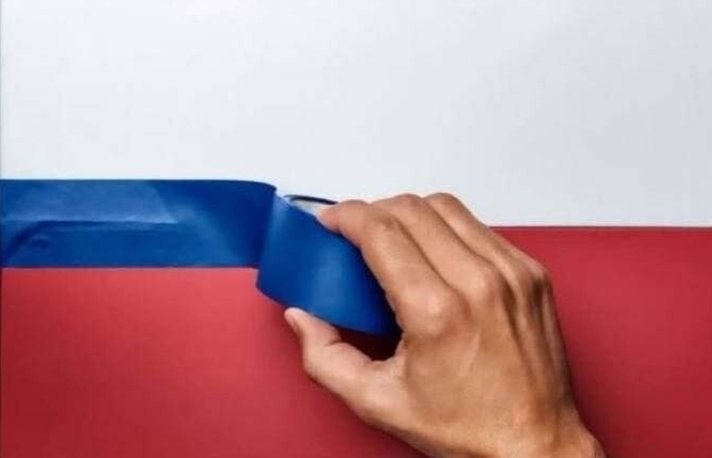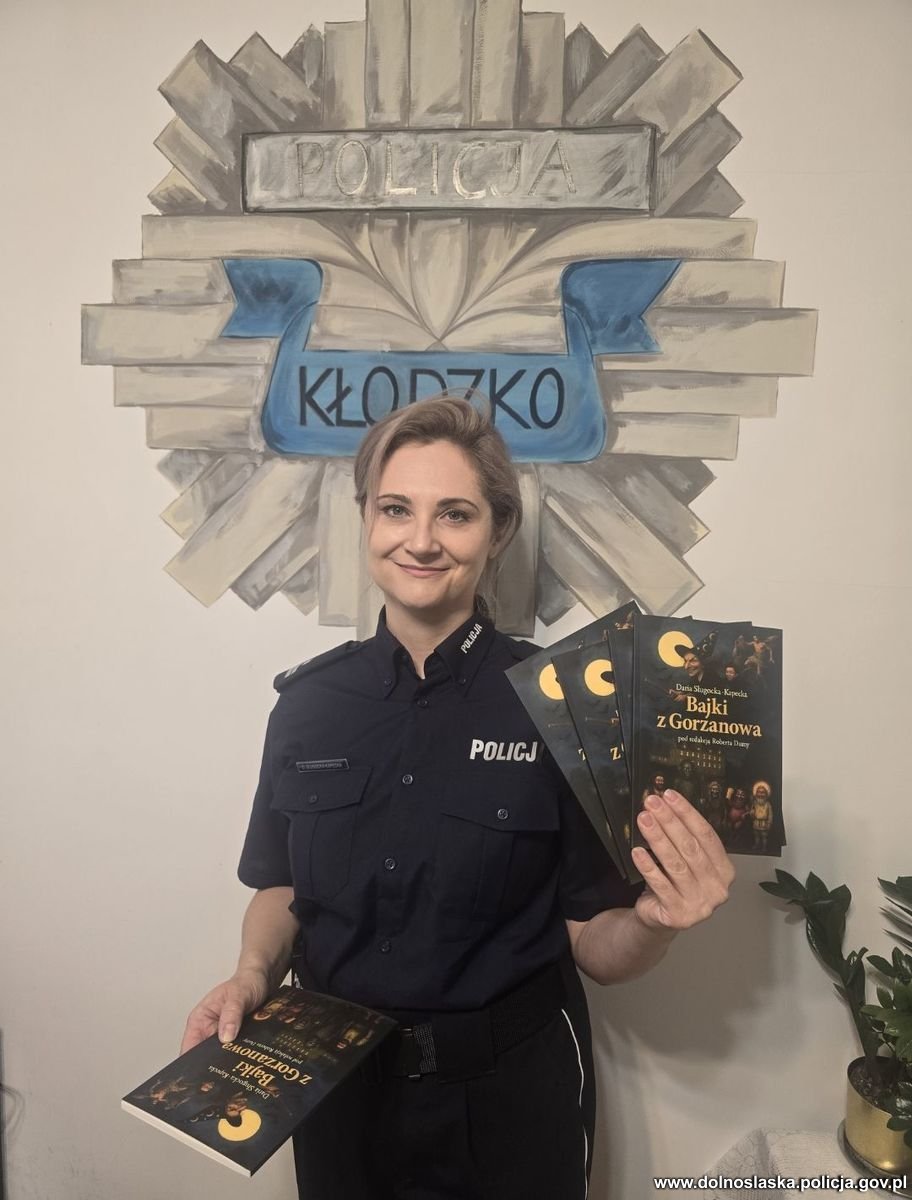
While there might be notable exceptions like Air New Zealand (NZ), airlines and aircraft manufacturers almost always choose white paint for airplanes.
This choice is not about style but about safety, efficiency, and cost. White offers benefits that darker or brighter colors cannot match.
Why is Aircraft Painted White?
White color is almost exclusively a symbol of purity, innocence, cleanliness, and simplicity. But these aesthetic reasons are not the only reasons behind painting an aircraft white.
In this article, we will take a look at some practical reasons why aircraft are painted white.
 Photo- Pexels
Photo- Pexels1. Heat Reflection
White reflects sunlight more effectively than darker shades. By reflecting heat, white paint keeps the fuselage cooler during ground operations.
Cooler aircraft require less energy for air conditioning systems. This lowers fuel consumption and improves passenger comfort before takeoff.
2. Structural Protection
Aircraft operate in harsh conditions. UV rays, rain, snow, and ice constantly affect the fuselage. White paint protects metal and composite materials by deflecting solar radiation.
Without this protection, darker paint would absorb more heat and speed up material degradation.
 Photo: Tobias Gudat
Photo: Tobias Gudat3. Easy Damage Detection
Airlines must inspect aircraft daily. White paint makes it easier to spot cracks, dents, and oil leaks.
Any dark fluid, such as fuel or hydraulic oil, shows up quickly against a white surface. This visibility improves safety and reduces maintenance delays.
4. Weight and Efficiency
Paint adds weight to an aircraft. A full coat can weigh up to 1,000 pounds on large wide-body jets. While darker paint does not weigh more, airlines avoid using it because repainting becomes more frequent.
Frequent repainting increases downtime and maintenance costs. White paint, being neutral, fades less obviously, extending repaint cycles.
 Photo: By Anna Zvereva – https://www.flickr.com/photos/130961247@N06/52343692025/, CC BY-SA 2.0, https://commons.wikimedia.org/w/index.php?curid=124159897
Photo: By Anna Zvereva – https://www.flickr.com/photos/130961247@N06/52343692025/, CC BY-SA 2.0, https://commons.wikimedia.org/w/index.php?curid=1241598975. Cost Savings
Airlines operate on thin profit margins. Repainting a large jet can cost hundreds of thousands of dollars. Because white paint weathers better, airlines can delay repainting. This reduces operating costs and maximizes aircraft availability.
6. Safety in the Sky
Visibility is critical for safety. White aircraft are easier to spot against blue skies and green landscapes. This visibility helps both pilots and ground crews during operations. Brighter surfaces also improve detection by search-and-rescue teams in emergencies.
7. Resale Value
Aircraft often change owners during their lifespan. White paint creates a blank canvas for new liveries. Leasing companies prefer white because it reduces repainting costs when transferring aircraft between operators. This makes aircraft easier to sell or lease.
 Photo: Clément Alloing
Photo: Clément Alloing8. Reduced Bird Strikes
Some studies suggest white reduces bird strikes. Birds see lighter colors more easily and avoid collisions. While not the strongest reason for white paint, it still adds to overall safety.
9. Thermal Fatigue Reduction
Aircraft skins expand and contract as temperatures change. Dark colors cause greater heating differences, leading to higher stress on materials. White limits these thermal cycles, slowing fatigue and reducing repair costs over time.
10. Environmental Considerations
Using less energy for cooling lowers carbon emissions. Repainting less often reduces chemical waste. These environmental gains align with airline sustainability goals. White paint supports both economic and ecological priorities.
Top Industry Tradition
Since the 1960s, most commercial jets have adopted white paint. This tradition continues because the benefits remain practical. Although some airlines add bright liveries, the base remains white. Industry standards reinforce its dominance.
 Photo: By Bidgee, CC BY-SA 3.0 au, https://commons.wikimedia.org/w/index.php?curid=61167408
Photo: By Bidgee, CC BY-SA 3.0 au, https://commons.wikimedia.org/w/index.php?curid=61167408Practical Exceptions
Not all aircraft are white. Some airlines, like Lufthansa or Air New Zealand, experiment with darker designs. However, these cases remain rare due to added costs and heat absorption issues. Exceptions highlight the rule: white dominates for practical reasons.
Here are a few other airlines that don’t have a fleet of aircraft that is painted white:
| Air New Zealand | Entirely jet black livery—with white fern or koru designs—on select aircraft |
| American Airlines | Polished silver (unpainted metal) finish—no white paint—classic “bare metal” look |
| NokAir | Bright yellow body with smiling bird-themed designs |
| Southwest Airlines | Bold color scheme in blue, red, and gold (“Desert Gold” and “Canyon Blue”) |
| Spirit Airlines | Fully vibrant yellow livery (Ultra-low-cost carrier branding) |
 Photo: Clément Alloing
Photo: Clément AlloingBottom Line
Aircraft are painted white because it works. White reflects heat, protects materials, improves safety, reduces costs, and supports efficiency.
From passenger comfort to resale value, the advantages outweigh aesthetic alternatives. Airlines prioritize performance and economics, and white delivers both.
FAQs on Why Aircraft are Painted White?
Yes. Airlines can choose any color, but white is most common because it is cheaper and more efficient to maintain.
Dark colors like blue absorb more heat, which makes cabins hotter and increases cooling costs. White reflects sunlight more effectively.
White offers advantages such as better heat management, easier inspections, quicker detection of damage or leaks, fewer bird strikes, and lower costs.
Stay tuned with us. Further, follow us on social media for the latest updates.
Join us on Telegram Group for the Latest Aviation Updates. Subsequently, follow us on Google News
Boeing 777X Has 29% Larger Windows than This Aircraft, Here’s Why
The post Top 10 Reasons Why are Aircraft Painted White? appeared first on Aviation A2Z.
















